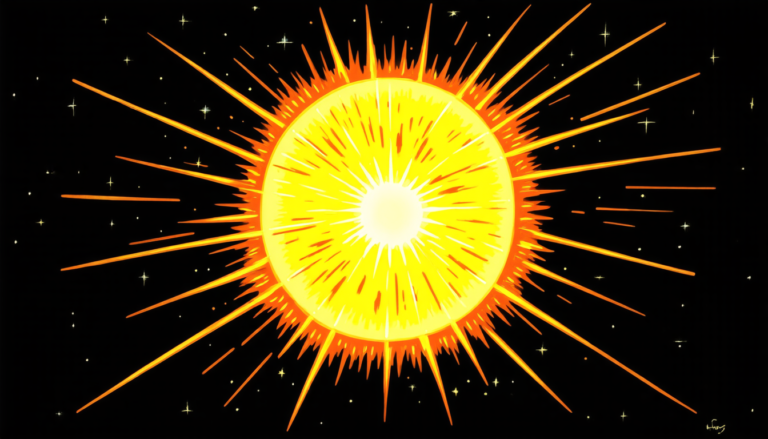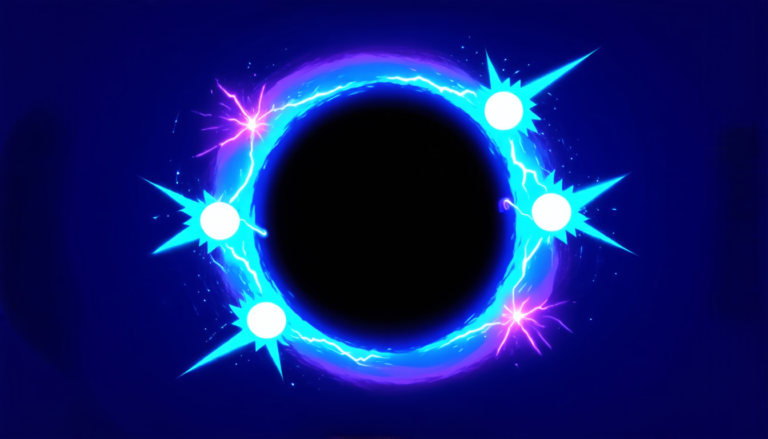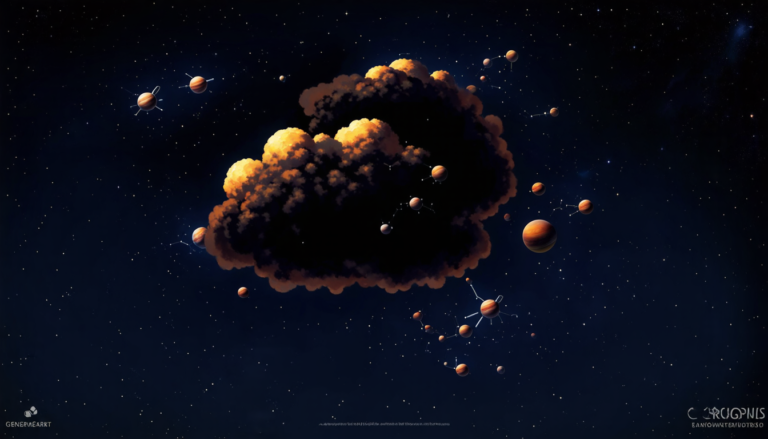Thursday 29 May 2025
The quest for a near-zero-threshold laser has been an elusive one, but researchers have finally cracked the code by developing stable self-charged perovskite quantum rods (QRs). These tiny structures have been engineered to reduce the lasing threshold to unprecedented levels, paving the way for more efficient and compact lasers.
To achieve this feat, scientists employed a clever combination of state engineering and manganese doping strategies. By carefully controlling the size and lattice spacing of the QRs, they were able to optimize the Auger recombination process – a crucial step in achieving low-threshold lasing. The addition of manganese ions further improved the stability of the QRs, allowing them to maintain their charge for longer periods.
The resulting laser system is nothing short of remarkable. Using quasi-continuous nanosecond pulse pumping, researchers were able to achieve a lasing threshold as low as 0.098 excitons per QR – a significant reduction from previous records. This achievement is all the more impressive considering that the QRs are suspended in a liquid solution, making them easier to handle and integrate into various applications.
The implications of this breakthrough are far-reaching. With near-zero-threshold lasers, we can expect to see significant advances in fields such as telecommunications, medicine, and manufacturing. For instance, compact and efficient lasers could be used to develop more precise medical imaging techniques or even enable the creation of advanced 3D printing technologies.
One of the most exciting aspects of this research is its potential to democratize access to advanced laser technology. By making it possible to create low-threshold lasers using readily available materials, scientists hope to empower a new generation of researchers and engineers to explore the possibilities of quantum optics.
To further demonstrate the capabilities of their QR-based laser system, researchers also developed a whispering gallery mode (WGM) microcavity structure. This innovative design allows for even more efficient light-matter interactions, resulting in an unprecedentedly low lasing threshold of 0.098.
The future of this technology is bright, and we can expect to see continued advancements as scientists continue to push the boundaries of what’s possible with QRs. With near-zero-threshold lasers on the horizon, we may soon find ourselves living in a world where advanced optics are more accessible than ever before.
Cite this article: “Cracking the Code for Near-Zero-Threshold Lasers”, The Science Archive, 2025.
Laser, Perovskite, Quantum Rods, Threshold, Lasing, Manganese Doping, State Engineering, Auger Recombination, Whispering Gallery Mode, Microcavity







